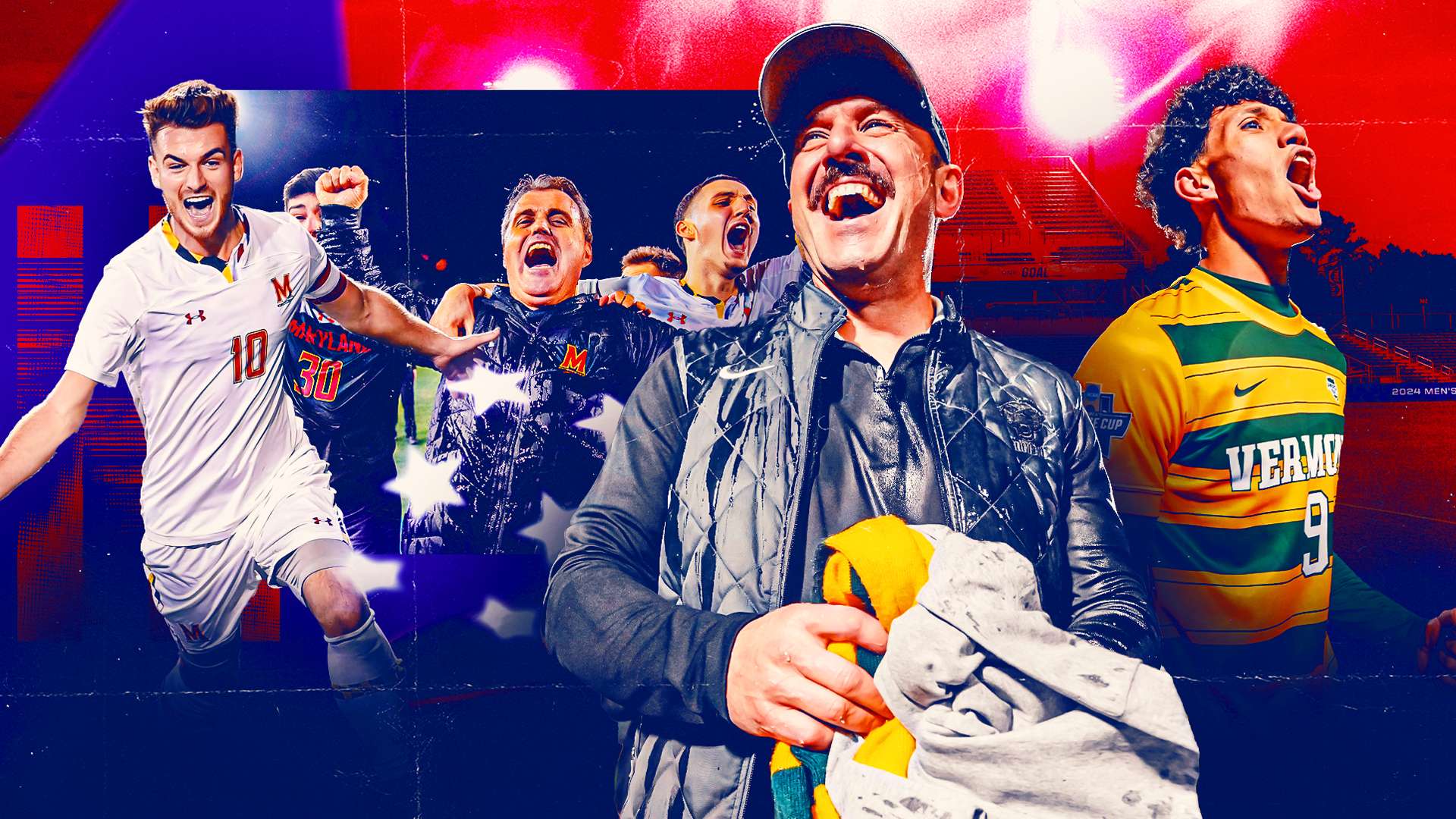The Changing Landscape of College Soccer in the U.S.
As the college soccer season kicks off, the sport is facing an existential crisis amidst a rapidly changing landscape. The recent victory of the Vermont men’s soccer team, who clinched their first national championship in a surprising turn of events, highlights both the passion and challenges within the collegiate game.
A Classic Underdog Story
The Vermont Catamounts’ triumph was nothing short of a classic underdog tale. Despite being unranked for parts of the season, they managed to catch fire at the right moment and secure the coveted trophy. The streets of Burlington were lined with supporters welcoming the team back home, showcasing the energy and excitement that college soccer can bring.
Shifting Demographics
However, beneath the surface of this celebratory moment lies a deeper issue plaguing college soccer in the U.S. Nearly 80% of the players in the College Cup were born outside the country, indicating a shift in the demographics of the game. The average age of players has also increased, with many now in their early 20s rather than teens.
This trend reflects the changing dynamics of player development pathways, as traditional routes from youth soccer to MLS are giving way to collegiate opportunities for international players seeking a second chance in the U.S. The long-standing tradition of American players honing their skills in college programs before embarking on professional careers is fading away.
Struggles of College Soccer
College soccer is now grappling with the rapid pace of change within the sport. Maryland coach Sasho Cirovski, a veteran in the field, acknowledges the evolving landscape, noting that college soccer no longer holds the prominent position it once did in the U.S. as a pathway for aspiring professional players.
As young talents increasingly opt for alternative routes to pursue their soccer dreams, colleges are facing challenges in keeping up with the evolving demands of the game. The traditional role of college soccer as a stepping stone to the professional level is being redefined, prompting a reevaluation of its place in the broader soccer ecosystem.
The Future of College Soccer
Amidst these shifts, college soccer must adapt to stay relevant and competitive in the modern soccer landscape. As international talent continues to shape the collegiate game, universities and coaches must find innovative ways to attract top players and cultivate their skills.
While the traditional model of college soccer may be changing, the essence of the sport remains rooted in passion, dedication, and the pursuit of excellence. As the new season unfolds, college soccer fans can expect to witness a dynamic and evolving game that reflects the diverse and ever-changing nature of the sport.
Ultimately, the future of college soccer in the U.S. hinges on its ability to embrace change, navigate challenges, and remain a vital part of the soccer community for years to come.
The Rising Influence of Analytics in College Football Predictions
One of the latest trends that is transforming the landscape of college soccer is the increasing use of analytics and data-driven strategies in predicting game outcomes. As technology advances and data becomes more accessible, coaches, analysts, and fans are turning to predictive models to gain an edge in understanding the game.
By leveraging statistics, historical data, and advanced algorithms, analysts can now make more accurate predictions about match results, player performances, and even potential upsets. This data-driven approach is revolutionizing the way teams prepare for games and strategize on the field.
The Impact of Social Media on College Soccer
Another significant shift in the college soccer scene is the growing influence of social media platforms. From live game updates to player interviews and highlights, social media has become a crucial tool for engaging fans, attracting recruits, and promoting the sport to a wider audience.
Players and teams are leveraging platforms like Instagram, Twitter, and TikTok to connect with fans, share behind-the-scenes glimpses, and build their personal brands. This digital presence not only enhances the fan experience but also plays a pivotal role in shaping the image of college soccer in the digital age.
The Role of Women’s Soccer in College Athletics
While men’s soccer often takes the spotlight, the rise of women’s soccer in college athletics is another noteworthy development. Women’s soccer programs are gaining recognition, support, and resources, contributing to the growth and popularity of the sport among female athletes.
With increased opportunities for women to showcase their talent on the collegiate stage, the future of women’s soccer looks promising. As more female players pursue their athletic and academic goals through college soccer, the sport is poised to become a driving force in promoting gender equality and diversity in sports.
Embracing Diversity and Inclusion in College Soccer
As college soccer evolves, there is a growing emphasis on diversity and inclusion within the sport. Universities and teams are actively recruiting players from diverse backgrounds, fostering an environment that celebrates differences and promotes unity through the love of the game.
By embracing diversity in all its forms, college soccer is not only enriching the player pool but also creating a more inclusive and welcoming community for athletes, coaches, and fans alike. This commitment to diversity is shaping the future of college soccer as a vibrant and inclusive space for all participants.
Conclusion
Overall, the changing landscape of college soccer in the U.S. is marked by a blend of challenges, opportunities, and innovations. From the impact of analytics and social media to the rise of women’s soccer and the emphasis on diversity and inclusion, the sport is undergoing a transformation that is reshaping its identity and future.
As college soccer continues to adapt to the evolving dynamics of the game, it remains a dynamic and exciting part of the soccer community, offering a platform for players to pursue their dreams, fans to connect with their favorite teams, and the sport to thrive in an ever-changing world.

